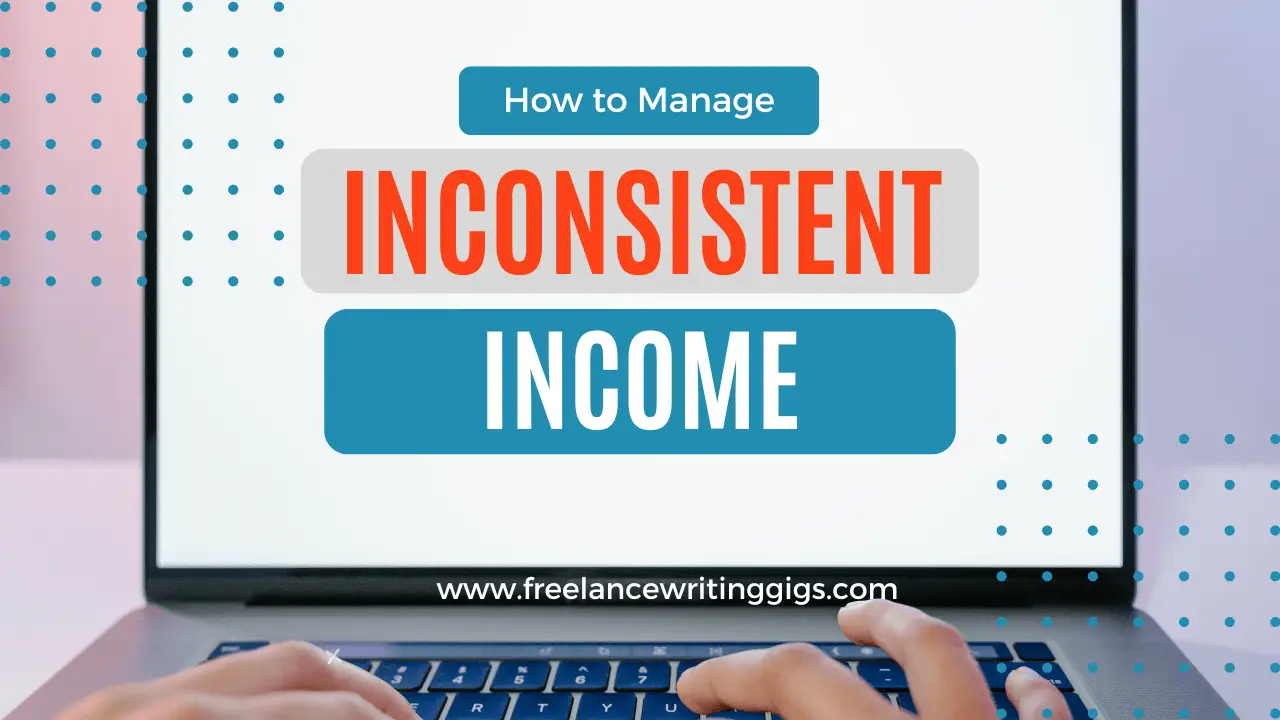Me Too founder Tarana Burke wants to turn sexual-violence survivors into a powerful voting bloc
Activist and advocate Tarana Burke has spent 30 years raising awareness of sexual violence and working to eradicate it. Burke, who currently serves as the chief vision officer of the nonprofit organization Me Too Movement, coined the phrase “Me Too” in 2006 as a way show young women of color who had experienced sexual violence that they were not alone. The phrase took off as a hashtag on social media in 2017 in the wake of sexual assault allegations against Harvey Weinstein and other high-profile men. Since then, Burke’s organization has partnered with groups including &Rise, Black Women’s Blueprint, and Callisto to support survivors of sexual violence in more than 80 countries. Burke spoke at the Fast Company Grill at South by Southwest about how advances in generative AI can lead to sexual violence, what the current political climate means for Me Too, and her organization’s agenda for the next couple of years. Earlier this month, former New York Governor Andrew Cuomo, who stepped down amid a barrage of sexual harassment allegations, announced that he’s running for New York City mayor. We also have a president and members of his cabinet accused of sexual assault. How do you feel about this? I’m a little angry. I just want us to do better and dream better and think bigger. There’s so many people who say that they care about this issue. The issue of sexual and gender-based violence is really at pandemic levels in this country. There are so many people who are like, “I want this to end. What can we do about it?” What you can do when things like this happen, is figure out where the line is and hold the line. We keep moving it and pushing it. You have somebody like Cuomo, a governor who stepped down from his position. A governor who has both a Department of Justice investigation and an investigation by his own Attorney General into the allegations against him. If we actually want these things to stop, if we want to make an impact on the issue of sexual and gender-based violence, we can’t say, “Maybe we can take him even though I know that happened.” Right there, when you say that, that is exactly where the issue dies. What do you make of men like this being able to make a comeback? I get asked about the bad actors all the time. When people harm other people, there should be a pathway for the person who caused harm to come back. Sexual violence happens on the spectrum. Accountability should happen on a spectrum. This is not just about throwing people away. What most of us haven’t witnessed is the thing that happens after the harm. Where is the accountability? Where is the person that comes back and says, “I understand that this person was harmed and this is what I did to understand that better. This is how I’ve changed.” We don’t see that. What we see is people who disappear for a while and then come back. How should we treat survivors in this situation? When a woman is just trying to save her own life, we still think about the man whose life is being ruined. That is fundamentally the problem. We have to fix that. We have to shift that so that there’s enough space for us to get what we need. We say “believe survivors” because we want survivors to have the respect and dignity of investigation. If you believe me, you won’t try to undermine me. You won’t ask me questions like, “Why were you wearing this? Or what were you doing?” You’re going to start from the premise that I’m telling the truth. And if you think somebody’s telling the truth, then you’re going to help them get the resources they need. Sometimes that’s an investigation and that helps everybody involved. If you’re the person being accused or you’re the person who has the accusation, everybody involved should be treated with respect and humanity. It’s not going to always be comfortable though. There’s a misconception that you deserve comfort, that we have to create a life where you’re never uncomfortable. I just referenced some examples in politics and entertainment. Do you get frustrated that these industries get the bulk of media coverage and attention? One of the biggest challenges, and probably the saddest part, of the viral moment around Me Too, is that it created so much attention around people who cause harm or people who have been accused of causing harm. I tell people this all the time. You had millions and millions of people around the world who raised their hand to say, “This happened to me, too.” But you wouldn’t know the hashtag, you wouldn’t know any of that, if it wasn’t for the celebrities and politicians. Then we immediately took our eyes off the survivors. And so it is harmful when the news cycle is only talking about the Me Too movement when some other person has been accused or to tell us that we’re dead again. We created the organization to be a container for the movement because we knew we couldn’t depend on mainstream media or politicians to do that. Since the height of the Me Too movement in 201

Activist and advocate Tarana Burke has spent 30 years raising awareness of sexual violence and working to eradicate it. Burke, who currently serves as the chief vision officer of the nonprofit organization Me Too Movement, coined the phrase “Me Too” in 2006 as a way show young women of color who had experienced sexual violence that they were not alone. The phrase took off as a hashtag on social media in 2017 in the wake of sexual assault allegations against Harvey Weinstein and other high-profile men. Since then, Burke’s organization has partnered with groups including &Rise, Black Women’s Blueprint, and Callisto to support survivors of sexual violence in more than 80 countries.
Burke spoke at the Fast Company Grill at South by Southwest about how advances in generative AI can lead to sexual violence, what the current political climate means for Me Too, and her organization’s agenda for the next couple of years.
Earlier this month, former New York Governor Andrew Cuomo, who stepped down amid a barrage of sexual harassment allegations, announced that he’s running for New York City mayor. We also have a president and members of his cabinet accused of sexual assault. How do you feel about this?
I’m a little angry. I just want us to do better and dream better and think bigger. There’s so many people who say that they care about this issue. The issue of sexual and gender-based violence is really at pandemic levels in this country. There are so many people who are like, “I want this to end. What can we do about it?” What you can do when things like this happen, is figure out where the line is and hold the line. We keep moving it and pushing it.
You have somebody like Cuomo, a governor who stepped down from his position. A governor who has both a Department of Justice investigation and an investigation by his own Attorney General into the allegations against him. If we actually want these things to stop, if we want to make an impact on the issue of sexual and gender-based violence, we can’t say, “Maybe we can take him even though I know that happened.” Right there, when you say that, that is exactly where the issue dies.
What do you make of men like this being able to make a comeback?
I get asked about the bad actors all the time. When people harm other people, there should be a pathway for the person who caused harm to come back. Sexual violence happens on the spectrum. Accountability should happen on a spectrum. This is not just about throwing people away. What most of us haven’t witnessed is the thing that happens after the harm. Where is the accountability? Where is the person that comes back and says, “I understand that this person was harmed and this is what I did to understand that better. This is how I’ve changed.” We don’t see that. What we see is people who disappear for a while and then come back.
How should we treat survivors in this situation?
When a woman is just trying to save her own life, we still think about the man whose life is being ruined. That is fundamentally the problem. We have to fix that. We have to shift that so that there’s enough space for us to get what we need. We say “believe survivors” because we want survivors to have the respect and dignity of investigation. If you believe me, you won’t try to undermine me. You won’t ask me questions like, “Why were you wearing this? Or what were you doing?” You’re going to start from the premise that I’m telling the truth. And if you think somebody’s telling the truth, then you’re going to help them get the resources they need. Sometimes that’s an investigation and that helps everybody involved. If you’re the person being accused or you’re the person who has the accusation, everybody involved should be treated with respect and humanity. It’s not going to always be comfortable though. There’s a misconception that you deserve comfort, that we have to create a life where you’re never uncomfortable.
I just referenced some examples in politics and entertainment. Do you get frustrated that these industries get the bulk of media coverage and attention?
One of the biggest challenges, and probably the saddest part, of the viral moment around Me Too, is that it created so much attention around people who cause harm or people who have been accused of causing harm. I tell people this all the time. You had millions and millions of people around the world who raised their hand to say, “This happened to me, too.” But you wouldn’t know the hashtag, you wouldn’t know any of that, if it wasn’t for the celebrities and politicians. Then we immediately took our eyes off the survivors. And so it is harmful when the news cycle is only talking about the Me Too movement when some other person has been accused or to tell us that we’re dead again. We created the organization to be a container for the movement because we knew we couldn’t depend on mainstream media or politicians to do that.
Since the height of the Me Too movement in 2017—when you were, along with other activists, Time‘s person of the year—do you think we’ve seen a true cultural shift?
Sexual violence has a history that goes all the way back to the Bible. There’s no way that a hashtag was going to erase that. I think the leaps and bounds [of progress] that we’ve seen in the last seven years would’ve probably taken 20 years without that viral moment. That said, we still have a ways to go. Those front-page moments never last. But what has lasted is the policies that have been changed, the laws that have been changed, but also the way people think and talk about it. We have given the world language and a way to talk about sexual violence. We’ve given survivors a community. So there has been a cultural shift, but it hasn’t shifted enough. You’re talking about power structures that have existed for so long. Patriarchy is a structure that has existed for so long. So we’ve made a dent in that. Of course, the pendulum is going to try to swing back the other way. We would be foolish not to expect that. The difference is that when it swings back this time, we are coming with a different analysis. Twenty-one-year-olds grew up with the Me Too movement. They’re going into college now with a particular analysis around that. They have less shame about talking about things that have happened to them, and they’re really clear about what they will not allow to happen to them.
What kinds of trends are you seeing in the larger movement to combat sexual and gender-based violence?
Funding for sexual and gender-based violence is at an all-time low. We’ve actually seen in the last five years that several of the foundations that support this work have either closed or have closed their portfolios. That predates this administration. It’s something that has been happening globally. So it is very difficult to fund the work to end sexual and gender-based violence. We talk about this as something that’s not solvable, but this is a solvable issue. I often use the example of [former New York City Mayor] Mike Bloomberg. He decided about 25 years ago that he wanted to make America smoke-free. What he did was he invested more than $20 billion in making us smoke free. Now, if you light a cigarette anywhere, people are like, “Oh my God, who’s smoking?” Now, yes, people still smoke, but we had multiple interventions because of that investment. We had research that came out talking about secondhand smoke will kill you. We had legal interventions where the tobacco industry was sued. We had research interventions and we had cultural interventions. Imagine if that was the kind of intervention we had around sexual and gender based violence where we had a curriculum in schools that taught children year over year about consent, not just one time in the 12th grade in front of a computer. Imagine if we had research that showed us the medical effects that sexual trauma has on people. So my point is, we need more funding across the board because this is a solvable issue.
#MeToo harnessed the power of social media to spread a message. Now, X’s algorithm has changed, and the social media landscape has become pretty toxic. Do you think it’s still a useful medium?
Just because the tool becomes weaponized, doesn’t take away its usefulness. It’s really about how we use it and the safety measures that we put in place. Tech has facilitated gender-based violence. There’s a new app where they can undress you based on a fully dressed picture. Character AI is another thing. There’s ways in which violence is being perpetuated through social media and online. It’s the new frontier.
How are you harnessing tech to further your organization’s mission?
We’re working on something that we call Digital Direct Service. When Me Too went viral, so many survivors were like, what can Me Too do for me? So we set up a database of resources. Those resources are deeply diversified. When I was doing this work with young Black girls in the South, I could never find resources that were specific to them. So when we built this resource database, we wanted to make sure you could filter to find yourself.
You can be a disabled trans veteran and a survivor. You can put all of these things into our website. You can say, this happened to me in college, this happened to me as a child. And you can find what you need specifically. The other thing we have is our Pride and Joy Survivors Sanctuary. It’s an online healing platform and it’s free. We have a variety of videos from as short as five minutes to as long as 30 minutes.
What else is on your organization’s agenda in the next year or two?
The other way we focus our attention is engaging survivors from a place of power. People often engage survivors of sexual and gender-based violence from a place of pity. But survivors are the most powerful people that you can encounter. We’ve already come through the worst of the worst and landed on the other side. I’m really excited about the idea of building a constituency. Imagine us voting along the lines of our survivorship. And there’s millions of us as a voting bloc. I’m really interested in how we take that trauma, how we take those experiences, and turn them into power for people.
Then the third thing is our global work. We’re called Me Too International because it’s a global movement. We have a network in Latin America, the Caribbean, Africa, and in some parts of Europe. A large part of it is from 134 [partner] organizations across 70 countries. We come into those conversations not from a place of US imperialism. We come to it saying, listen, what’s happening here is also happening in America.


















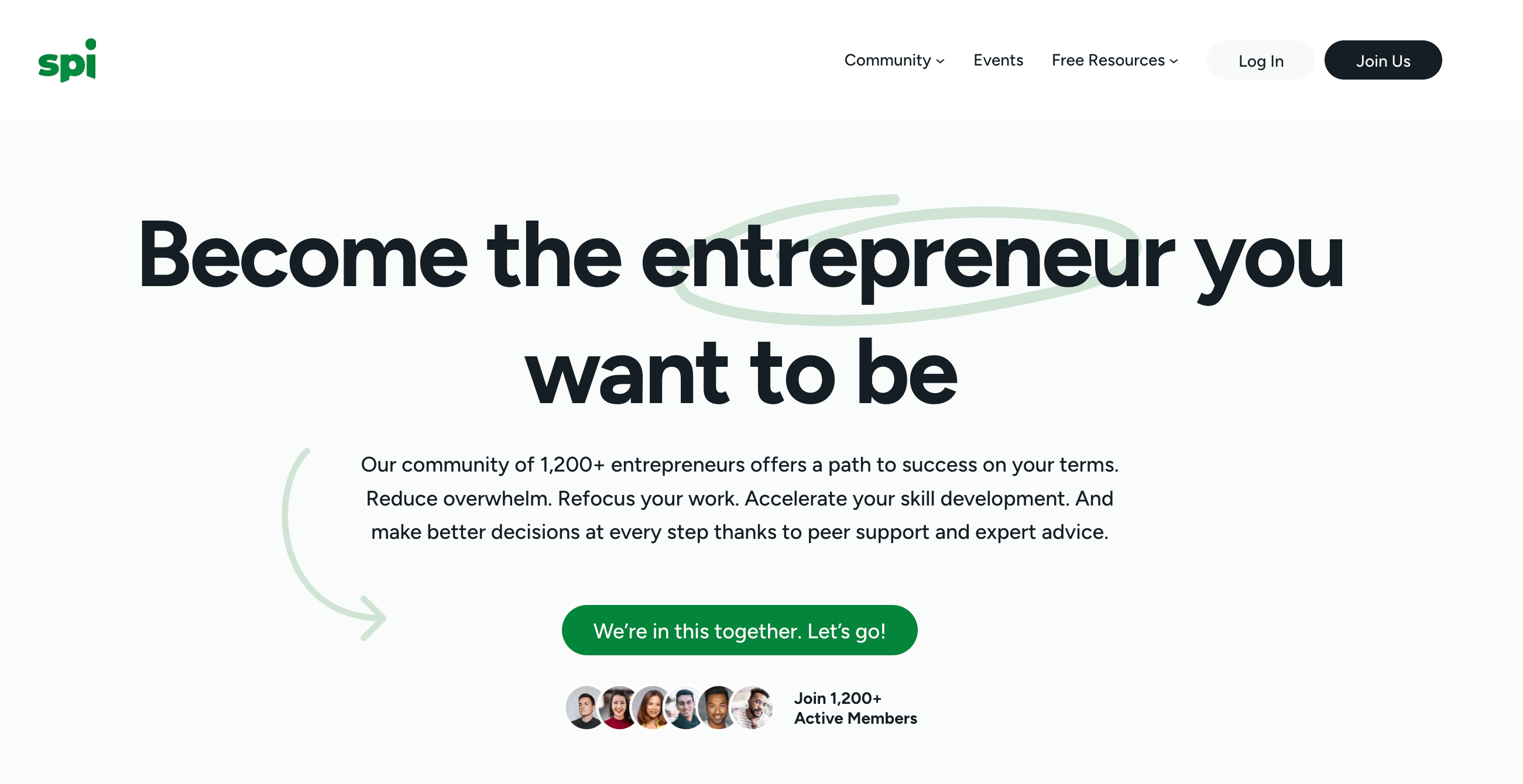

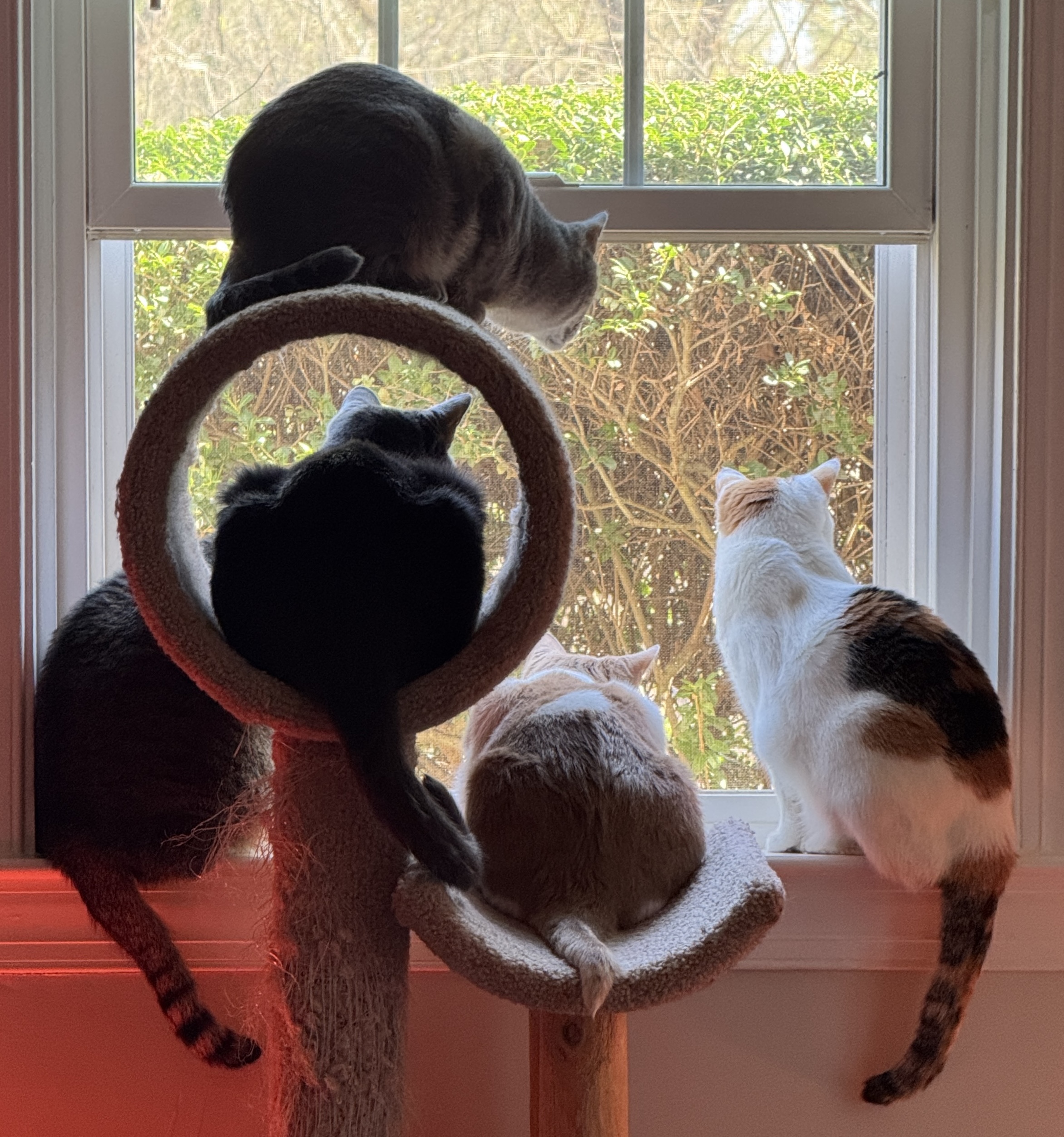



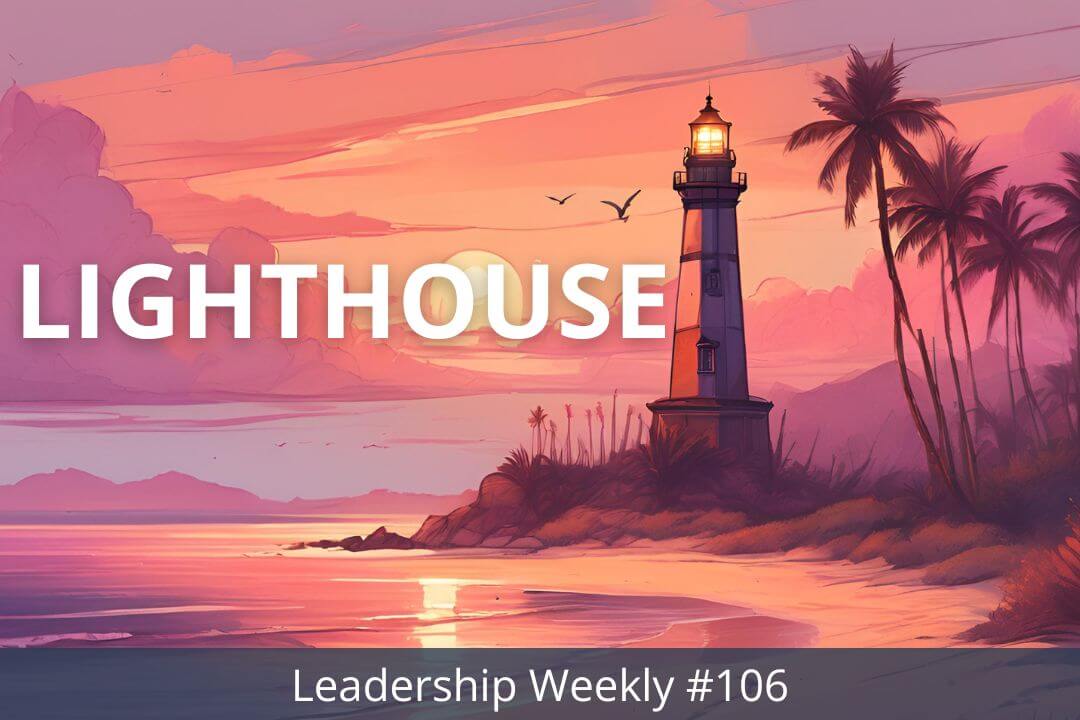

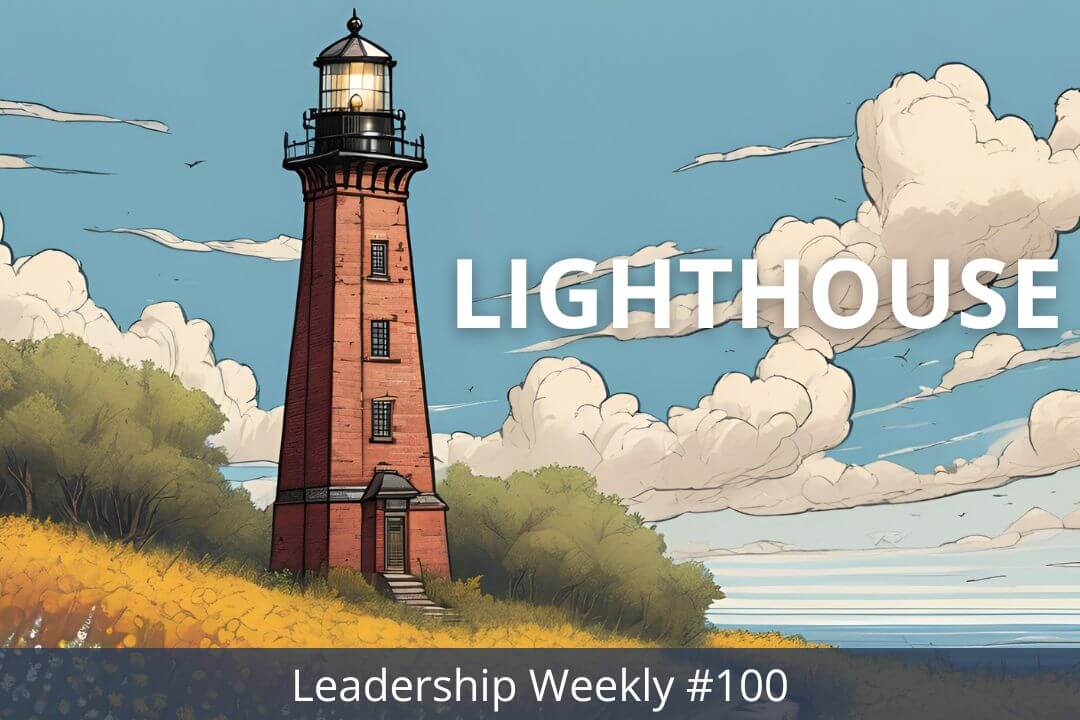
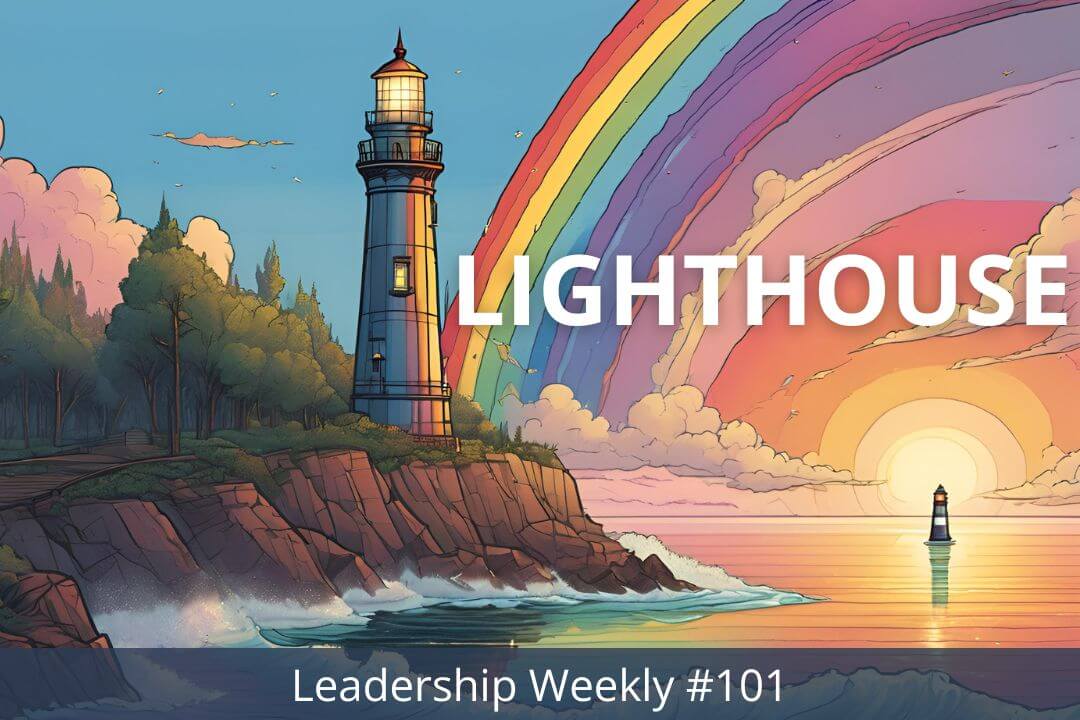
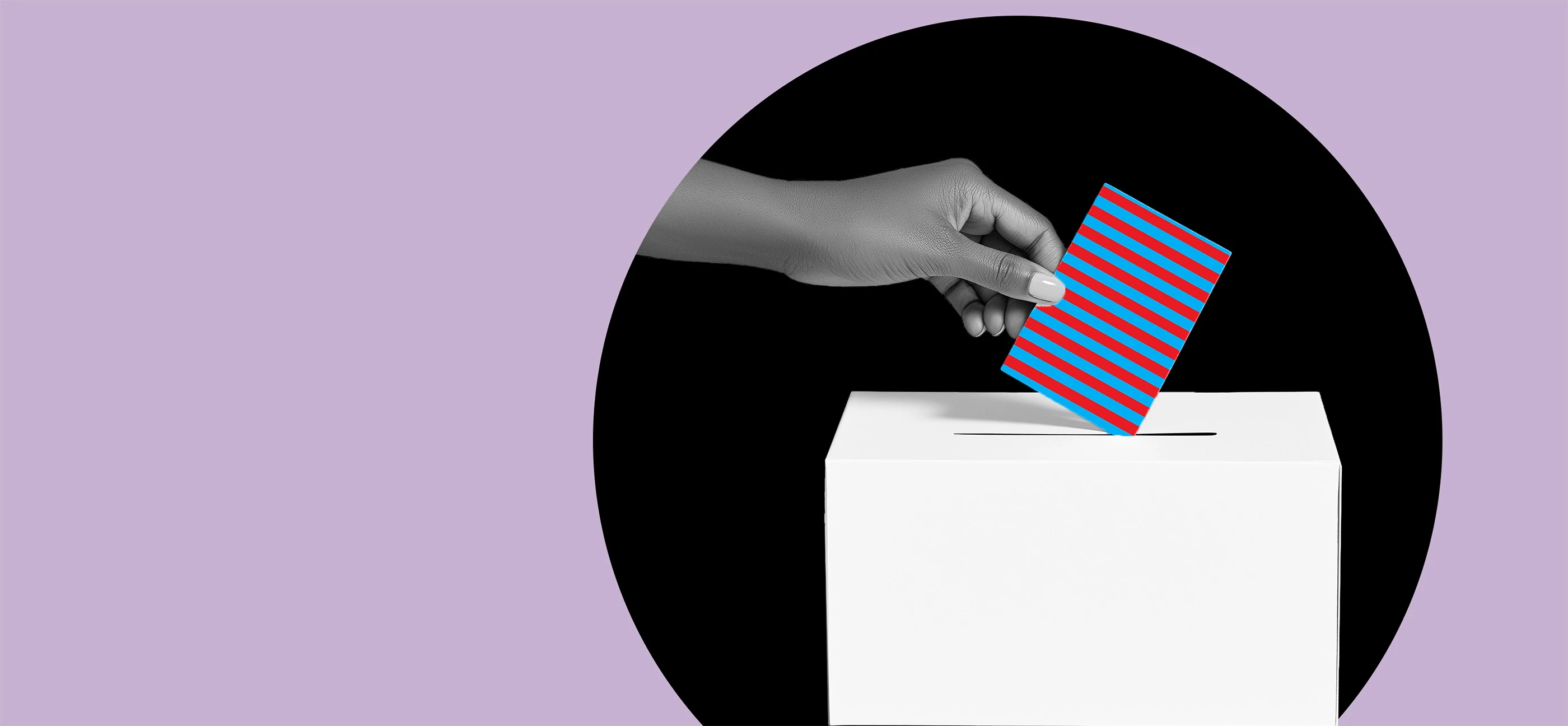
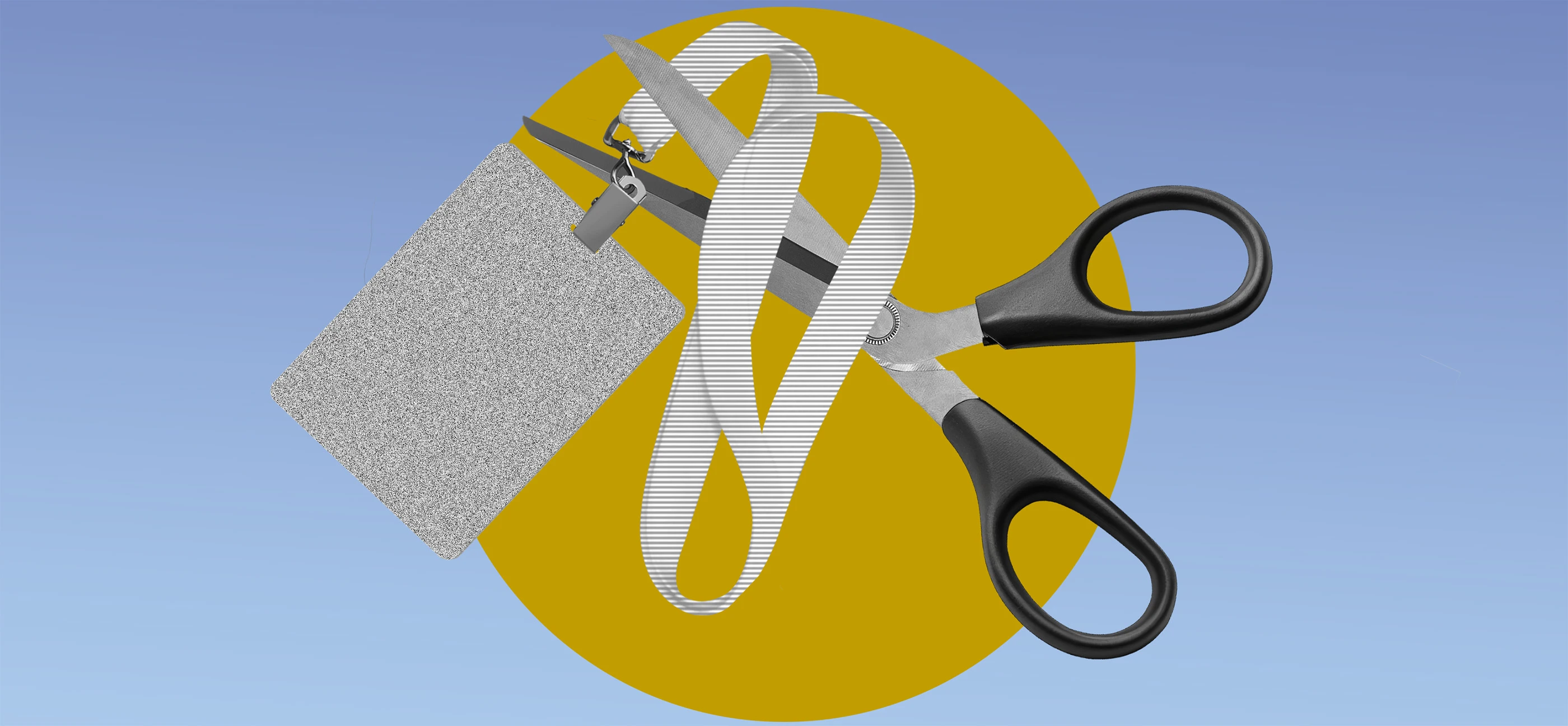









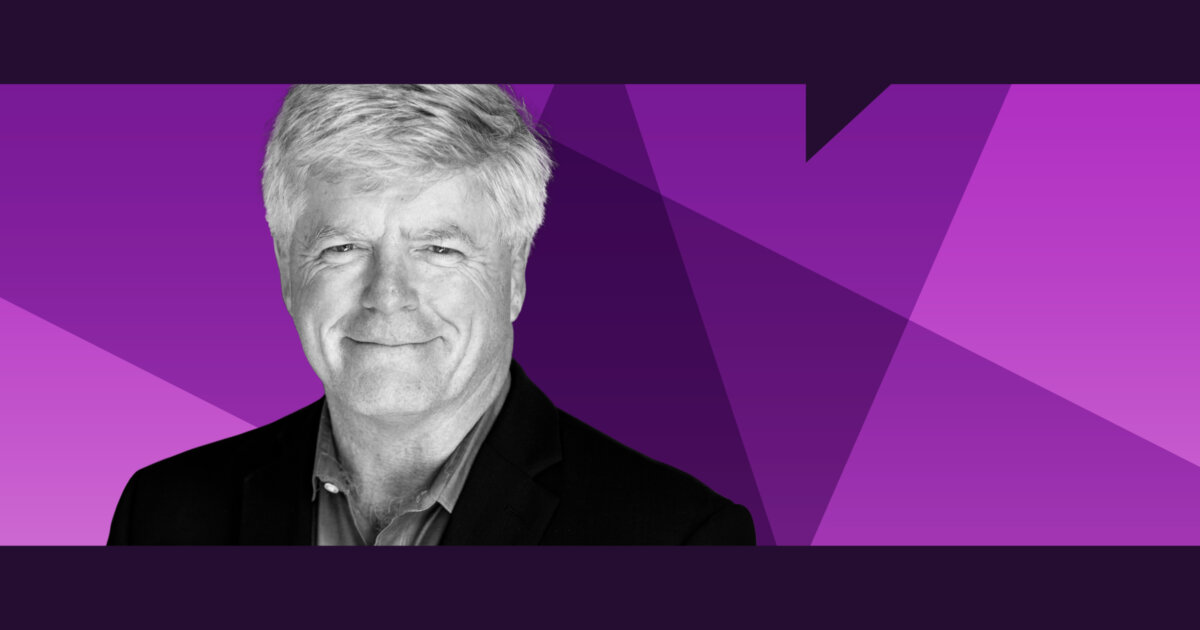

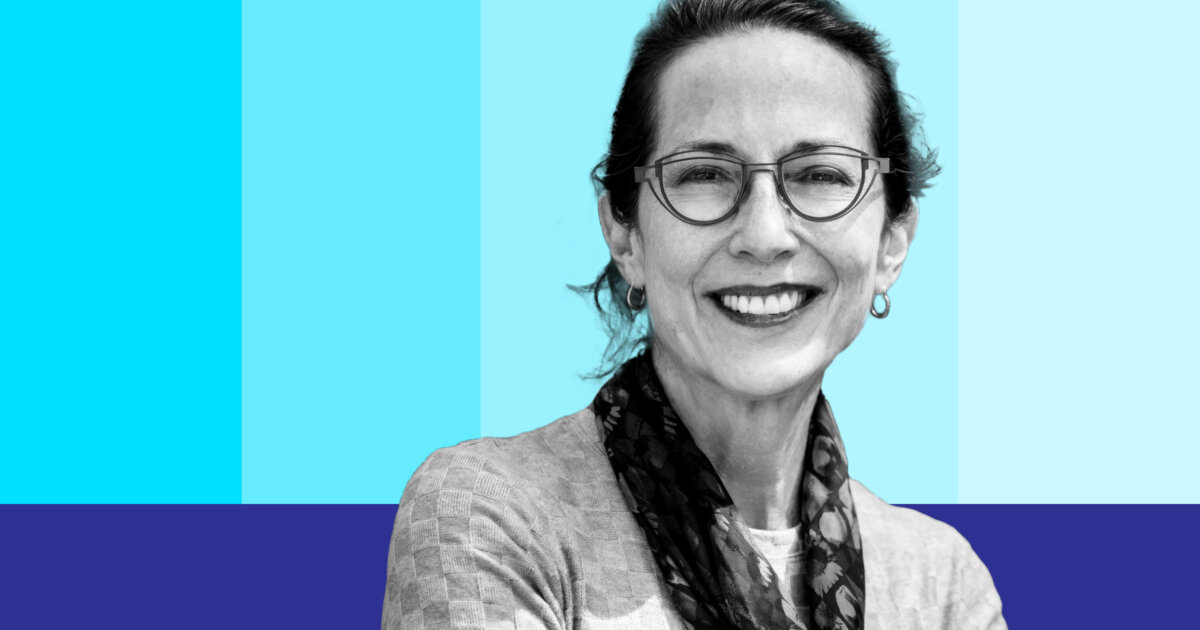
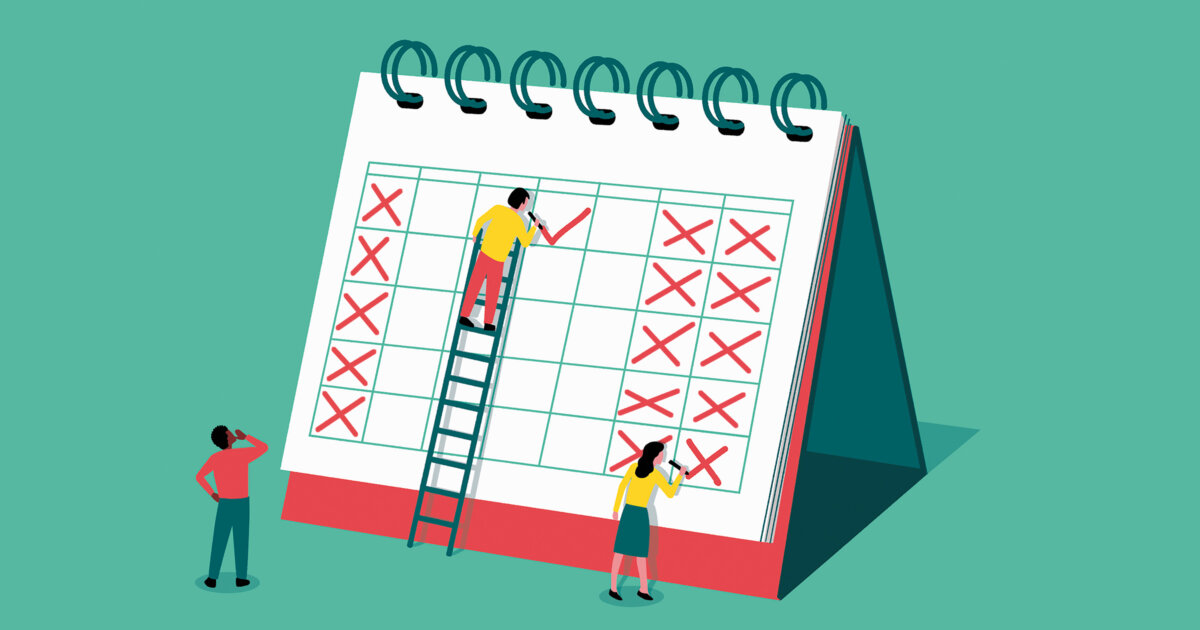

















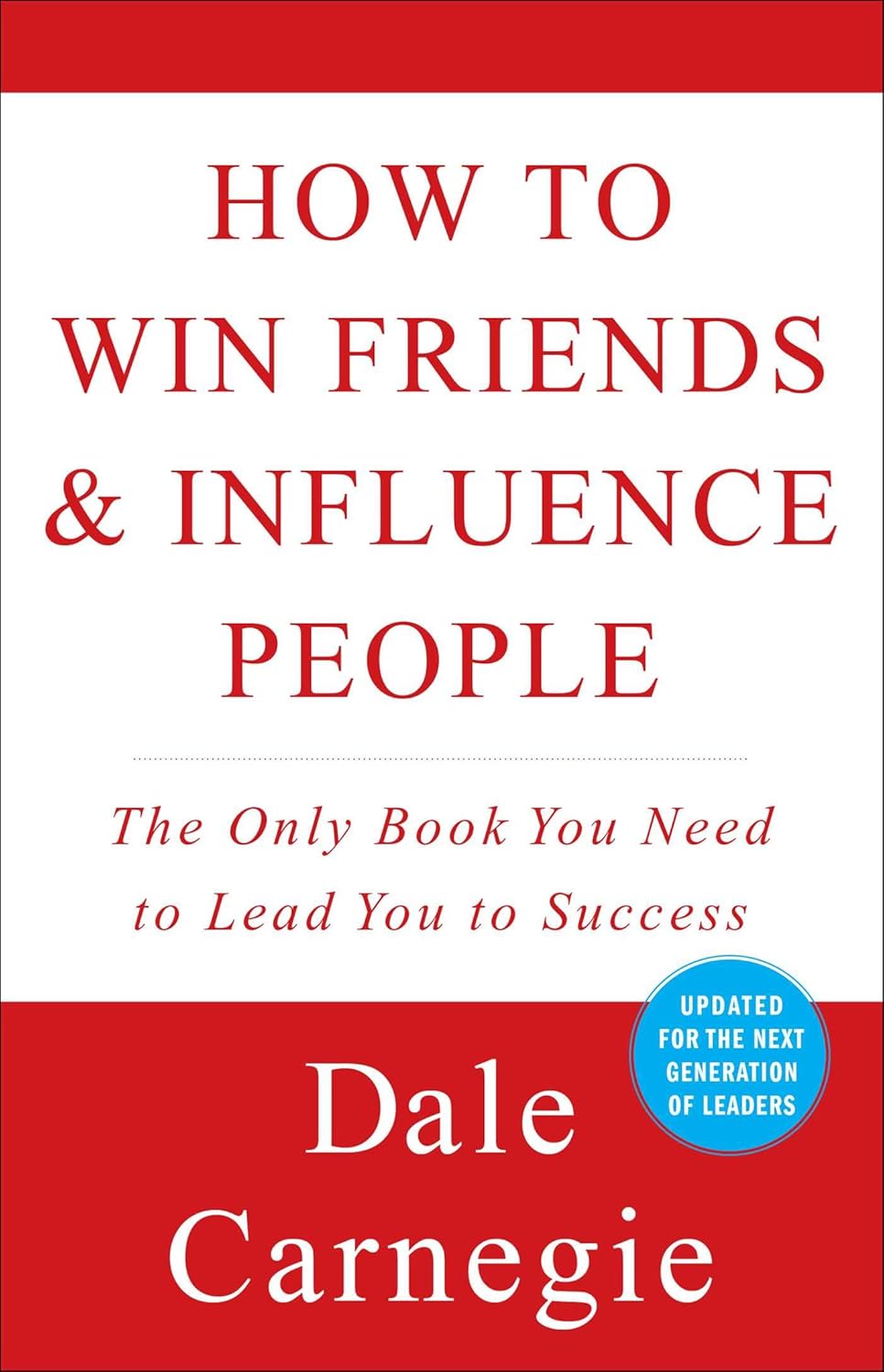
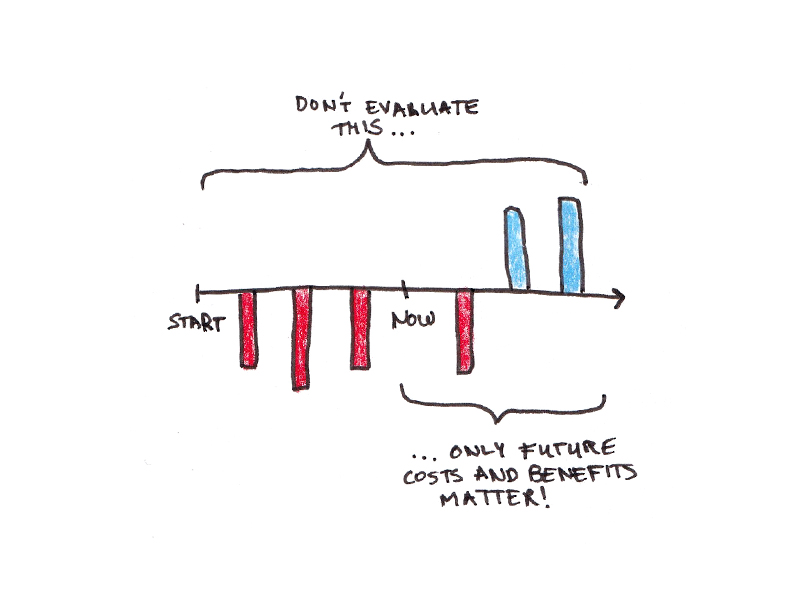
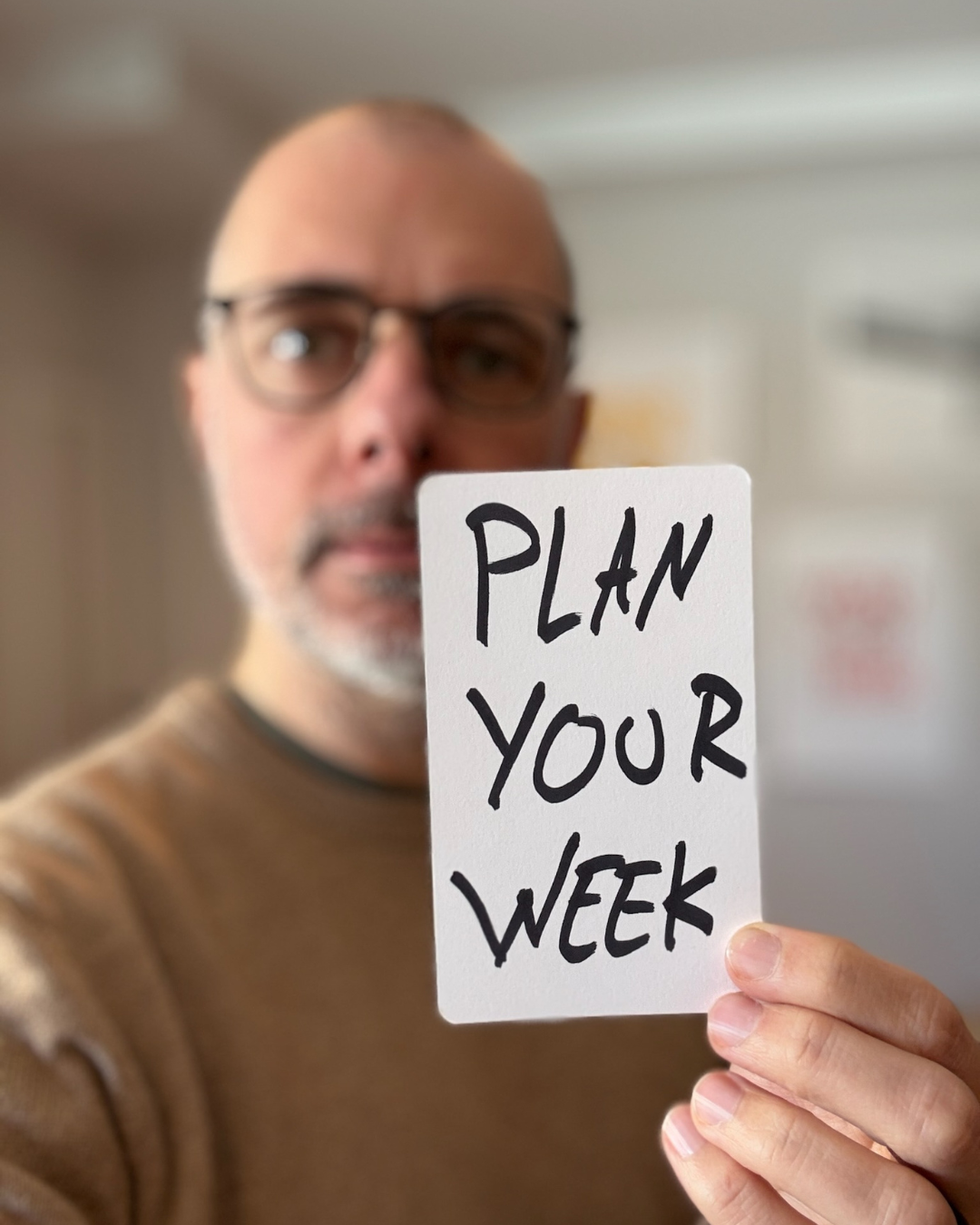








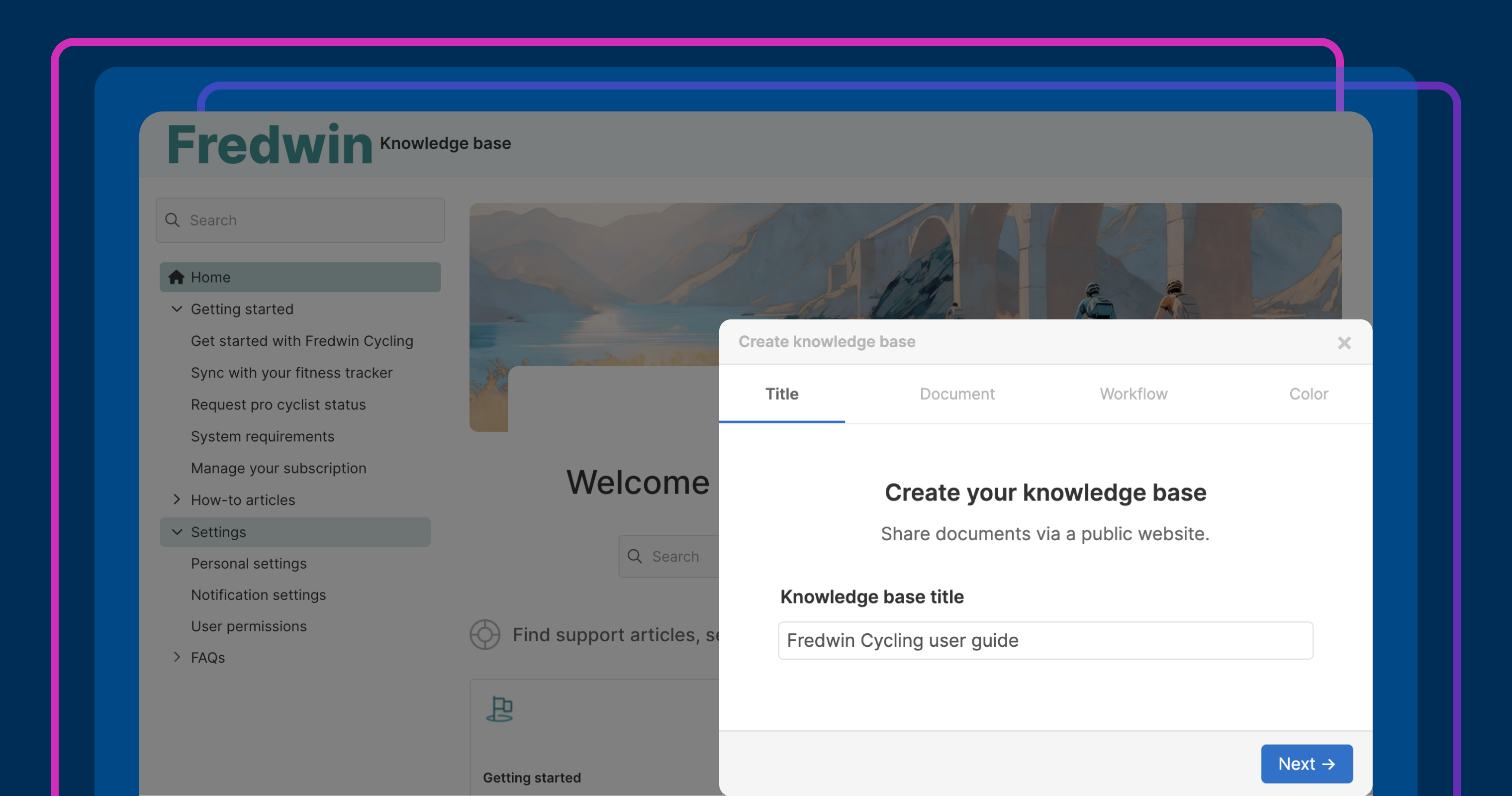

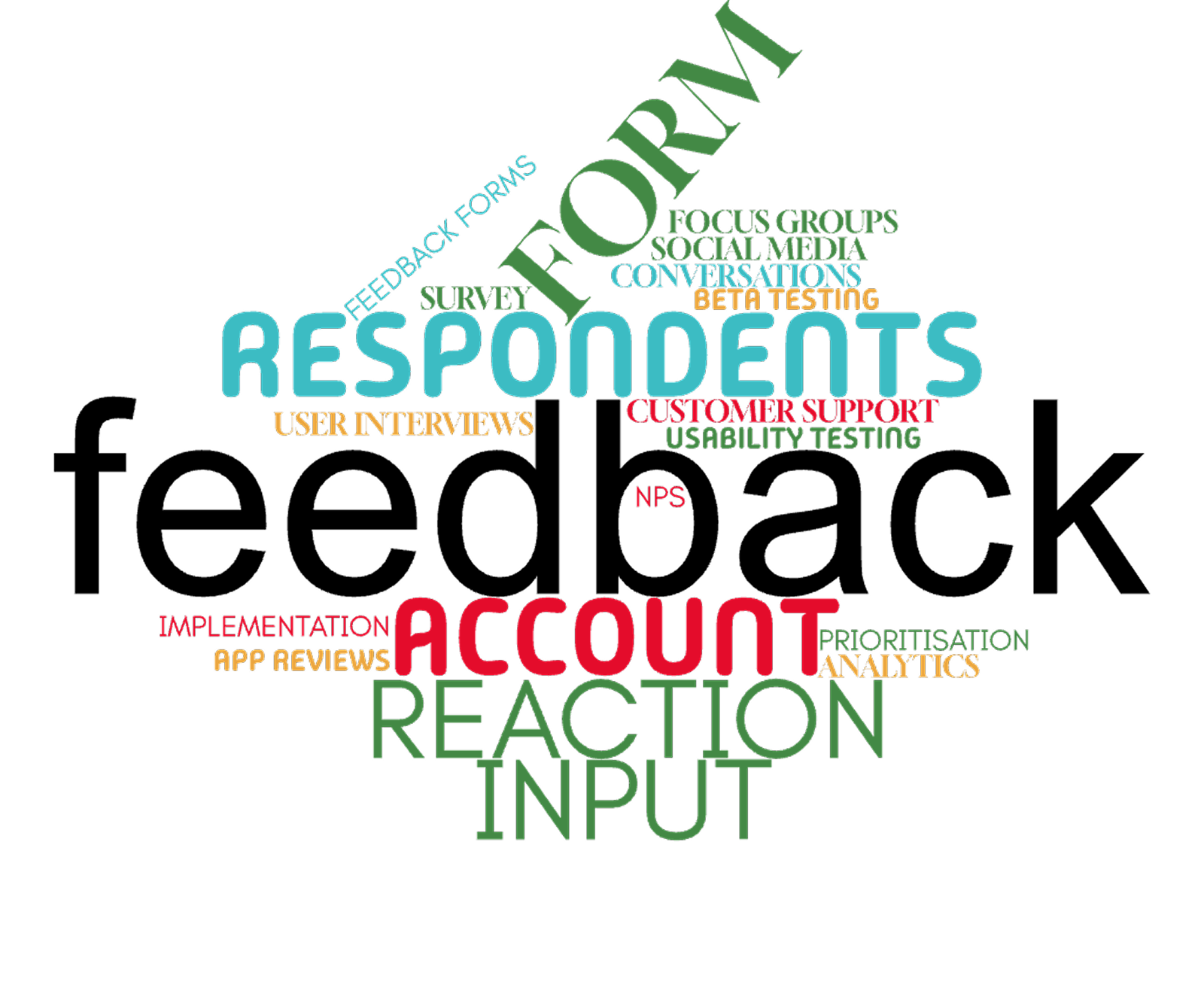
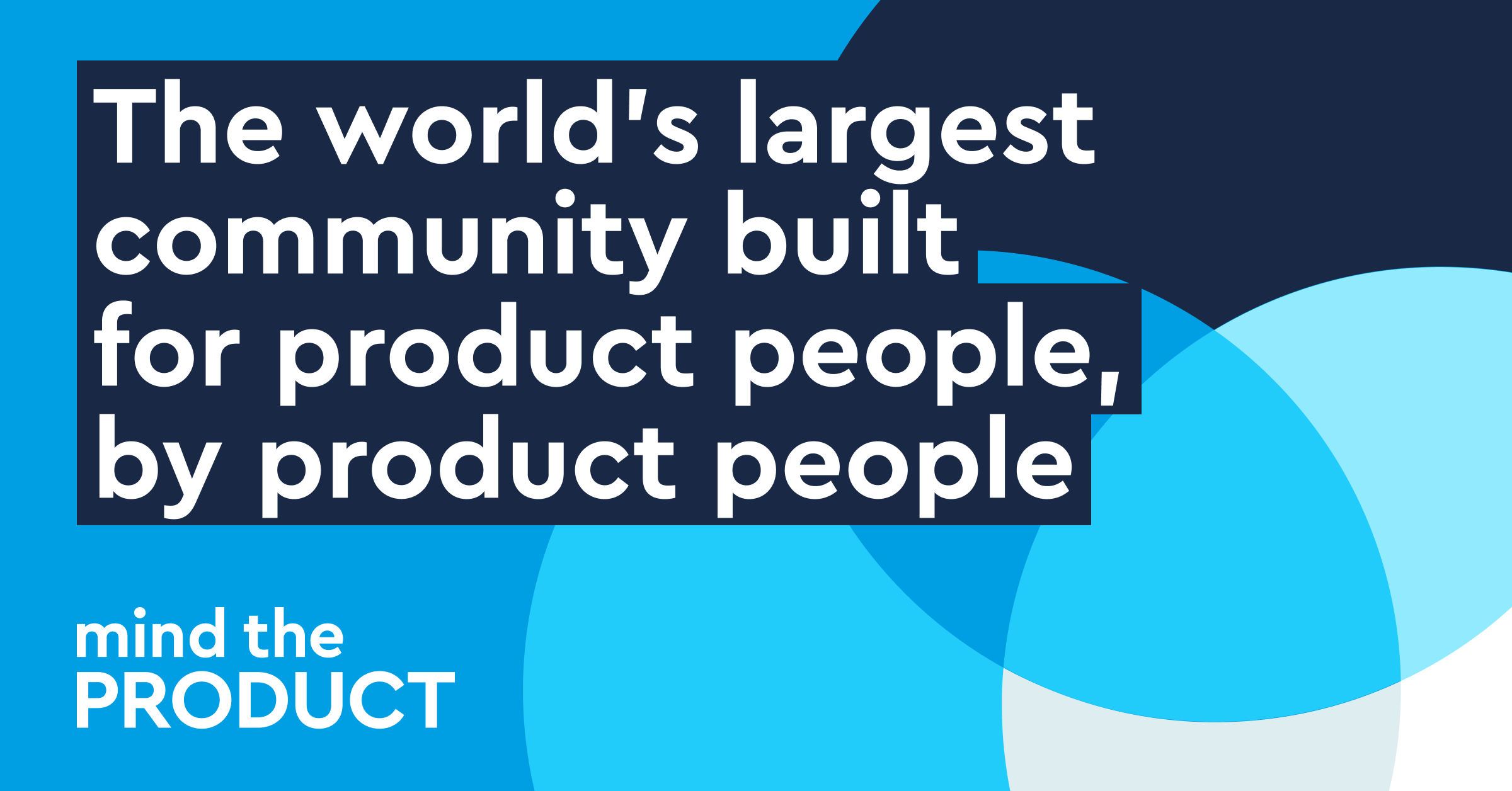
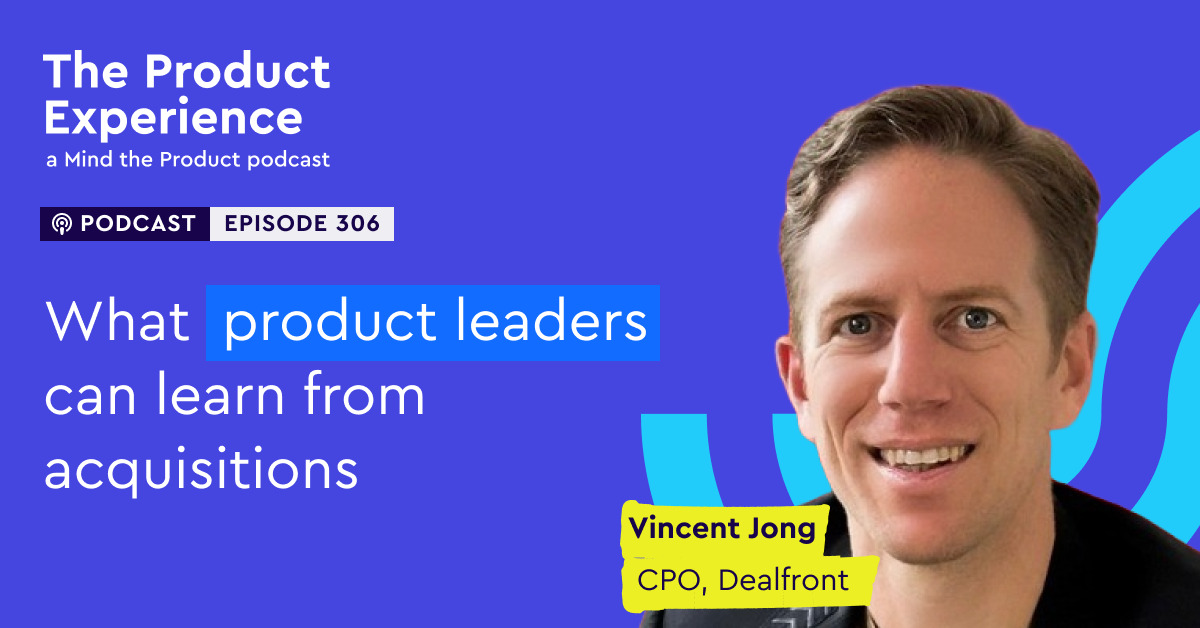


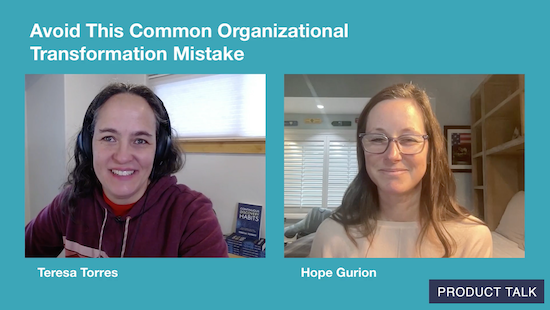
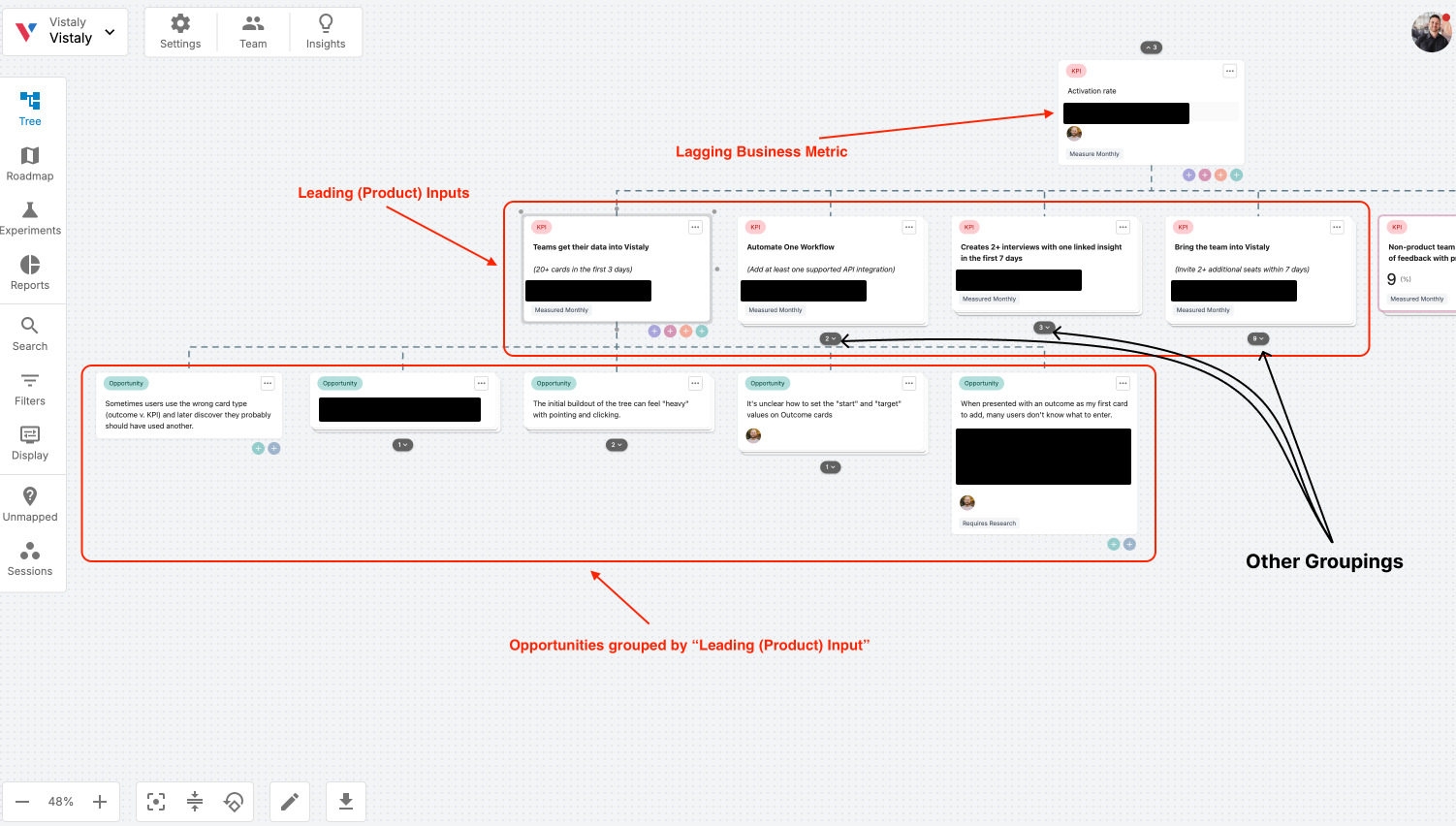
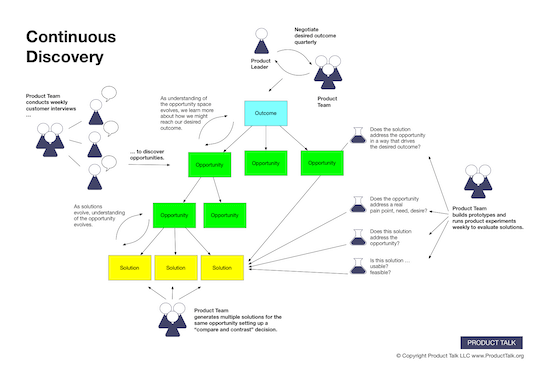
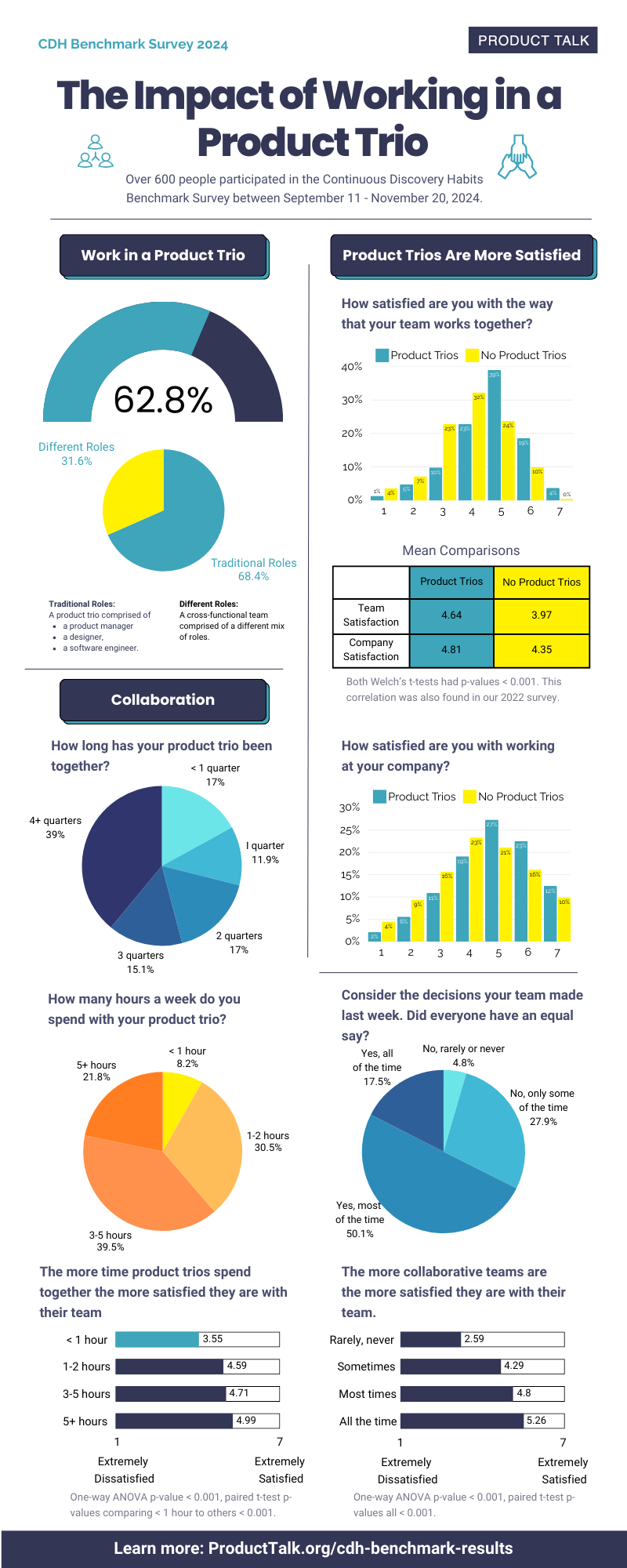
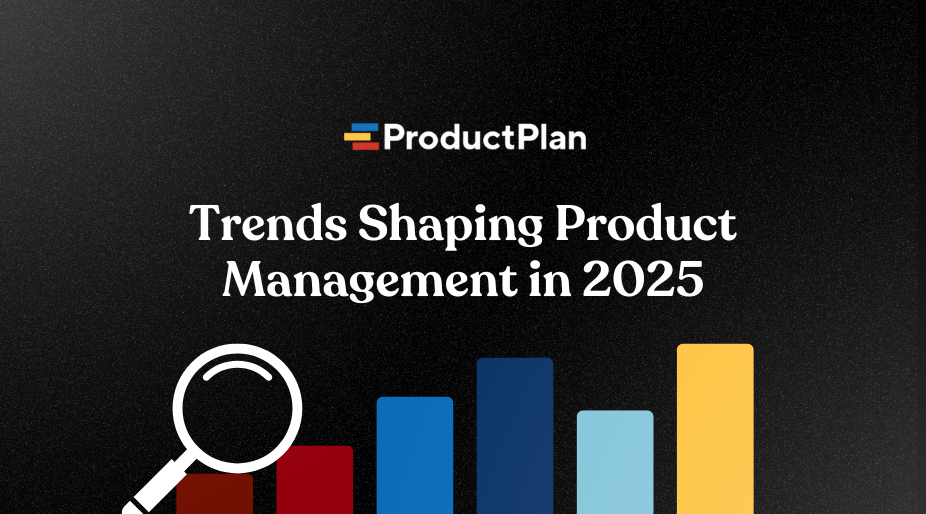


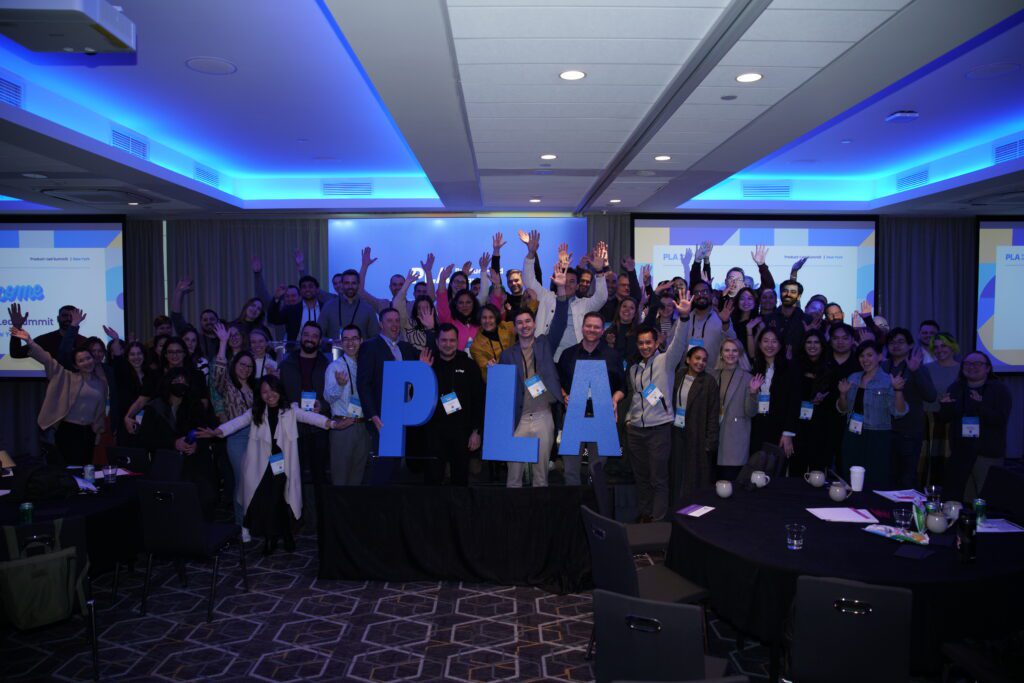





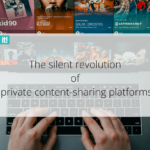

![How One Brand Solved the Marketing Attribution Puzzle [Video]](https://contentmarketinginstitute.com/wp-content/uploads/2025/03/marketing-attribution-model-600x338.png?#)

![Building A Digital PR Strategy: 10 Essential Steps for Beginners [With Examples]](https://buzzsumo.com/wp-content/uploads/2023/09/Building-A-Digital-PR-Strategy-10-Essential-Steps-for-Beginners-With-Examples-bblog-masthead.jpg)
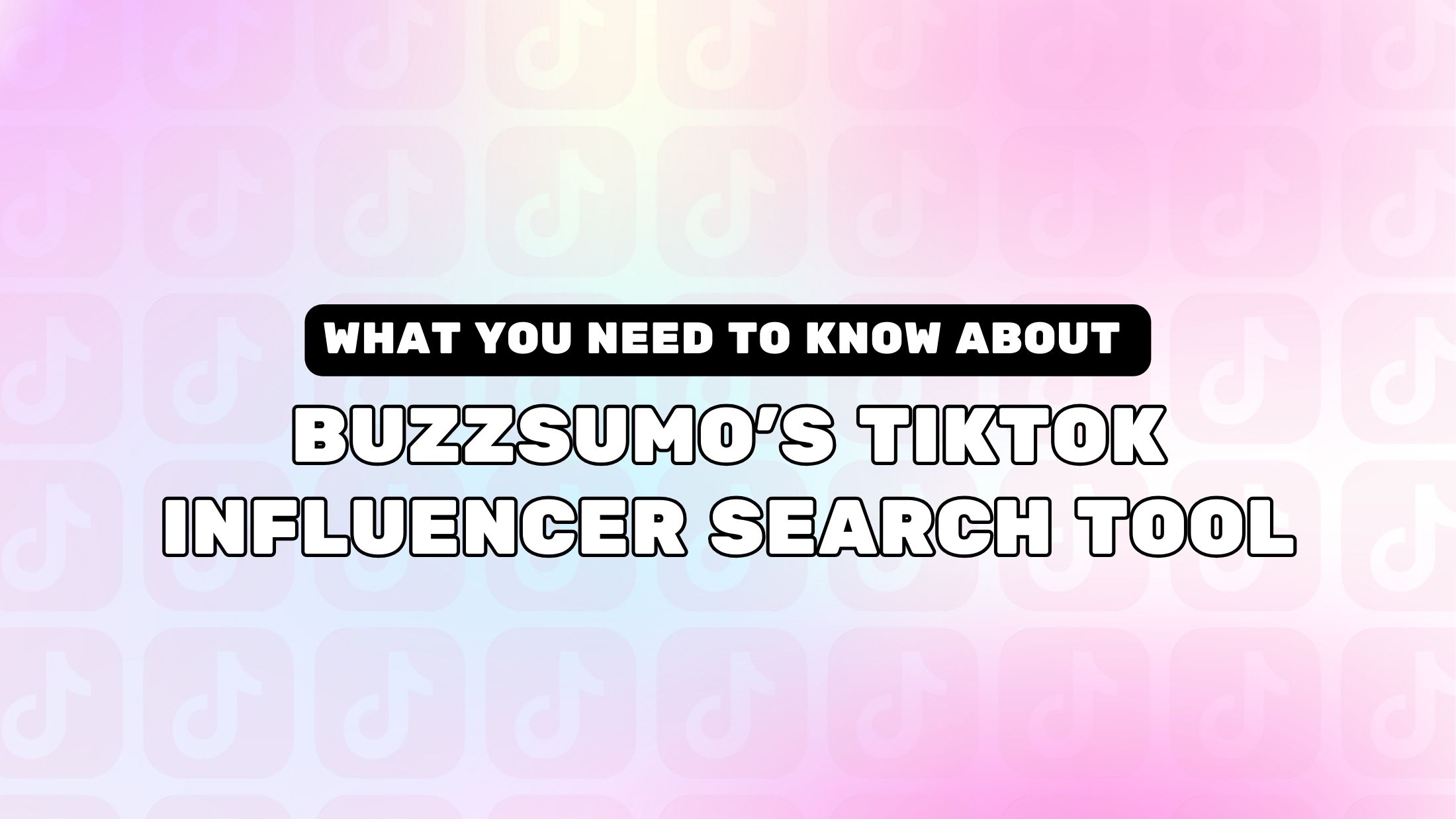
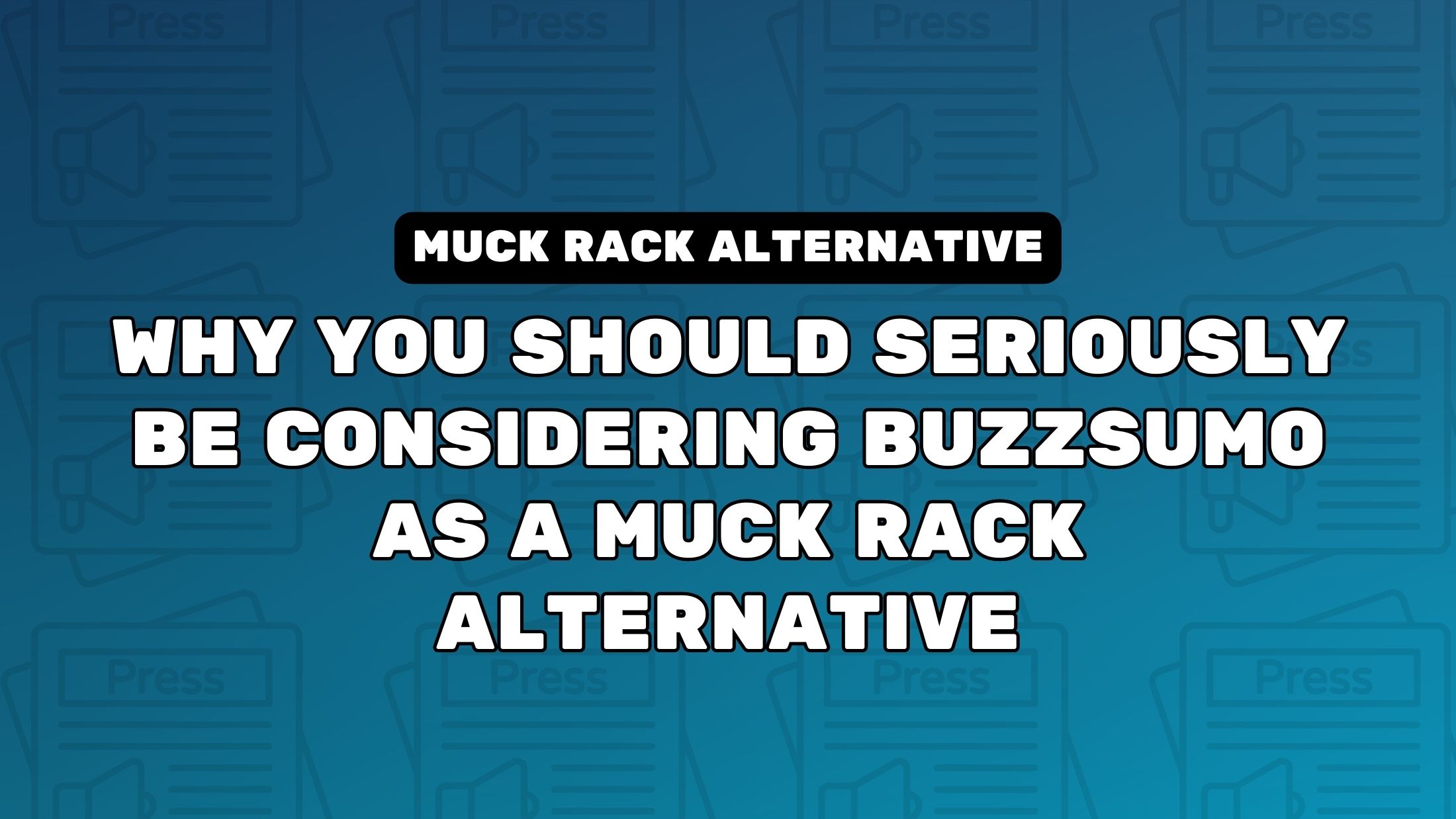
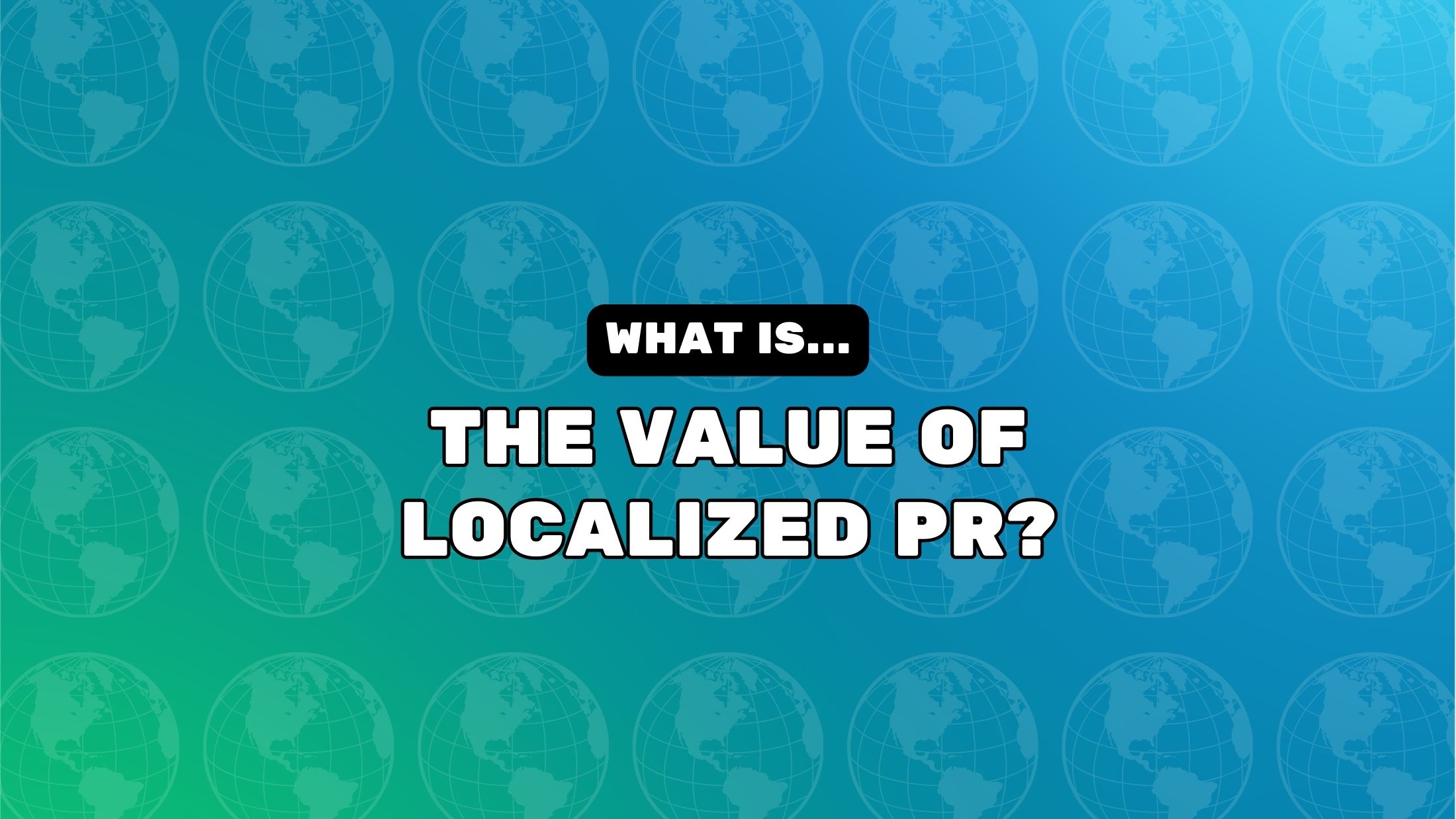







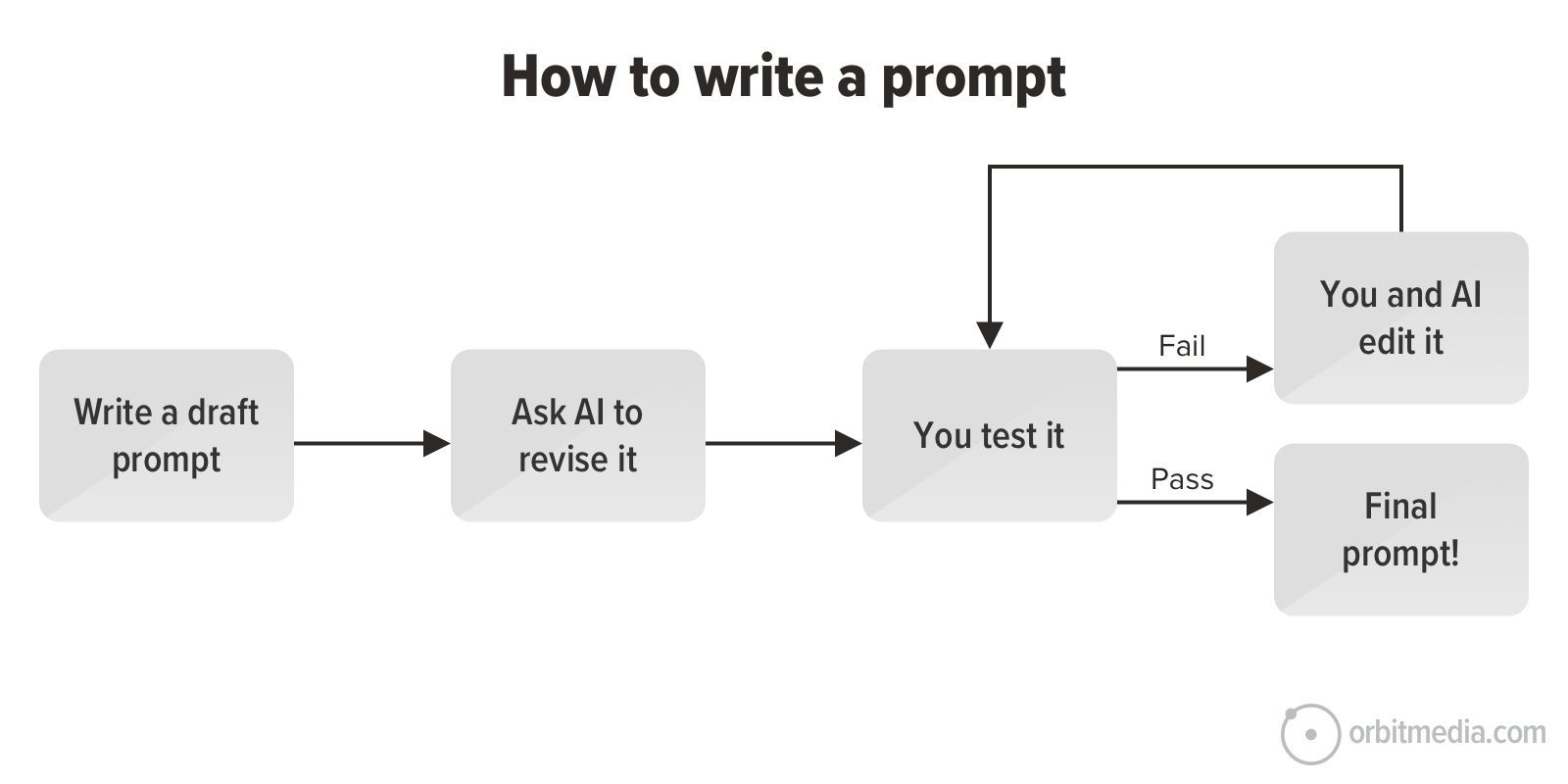
![How to Use GA4 to Track Social Media Traffic: 6 Questions, Answers and Insights [VIDEO]](https://www.orbitmedia.com/wp-content/uploads/2023/06/ab-testing.png)
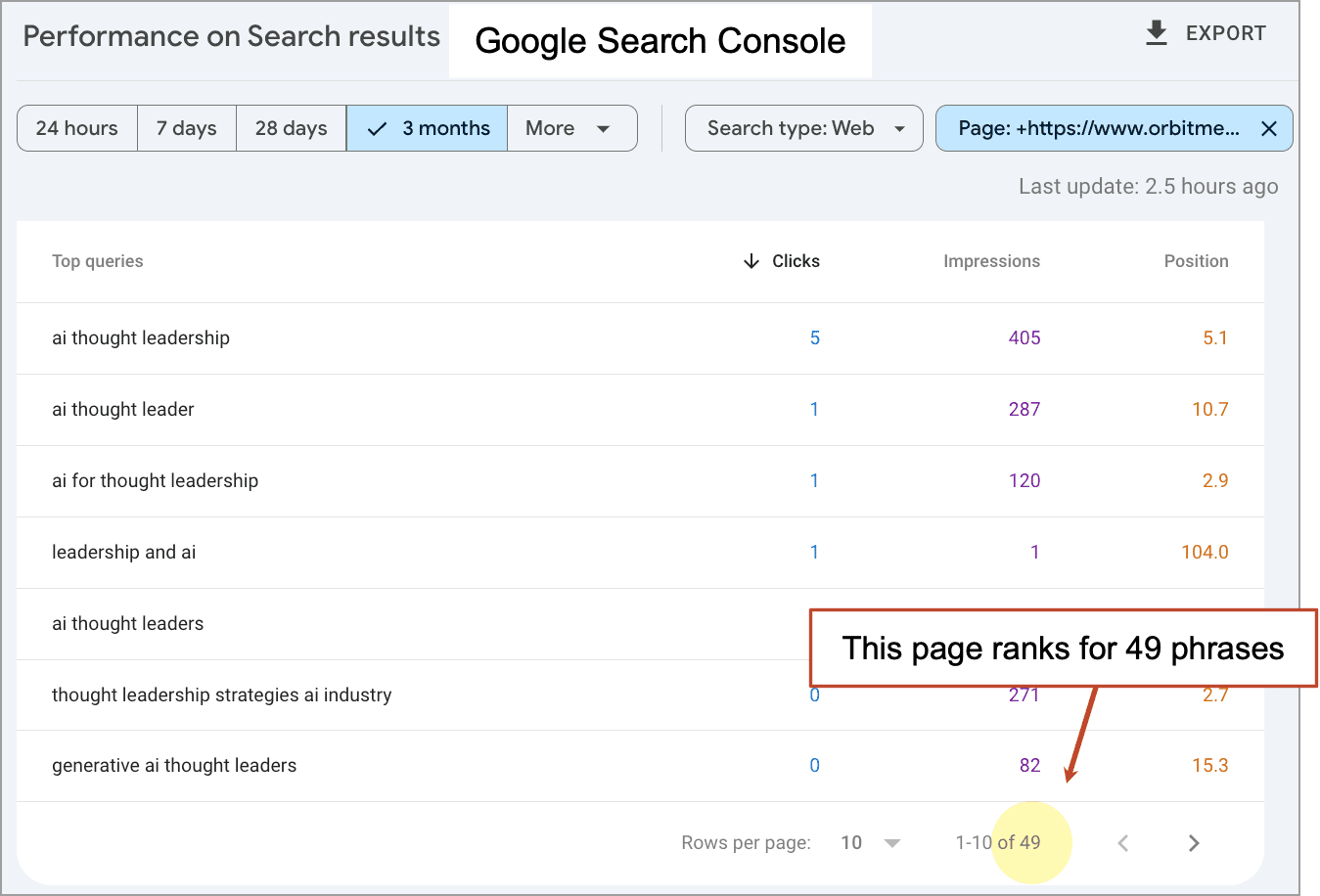
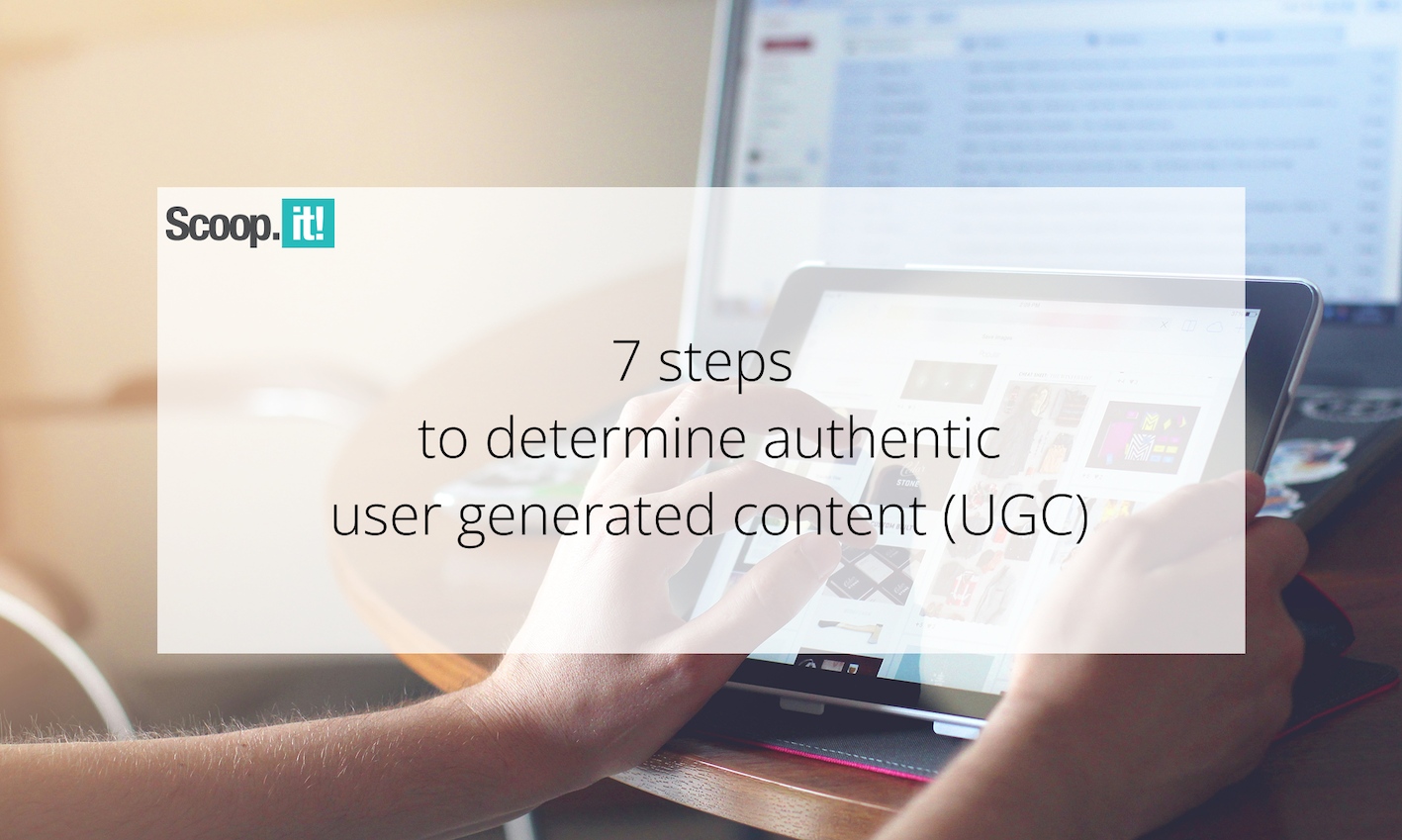

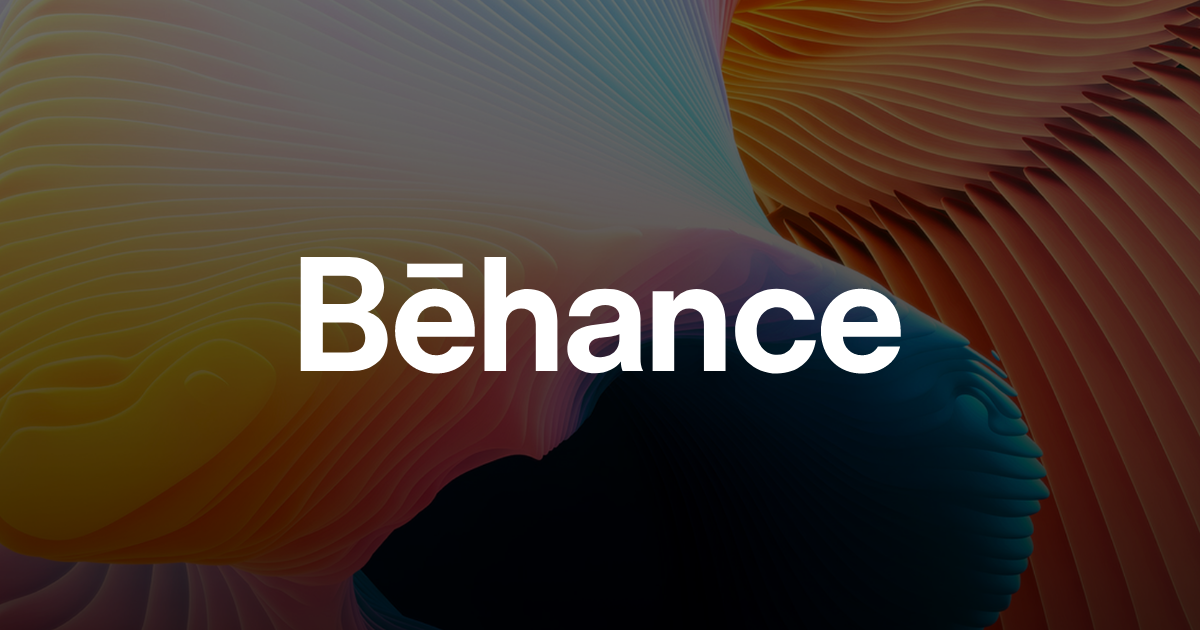
![[HYBRID] ?? Graphic Designer](https://a5.behance.net/cbf14bc4db9a71317196ed0ed346987c1adde3bb/img/site/generic-share.png)


